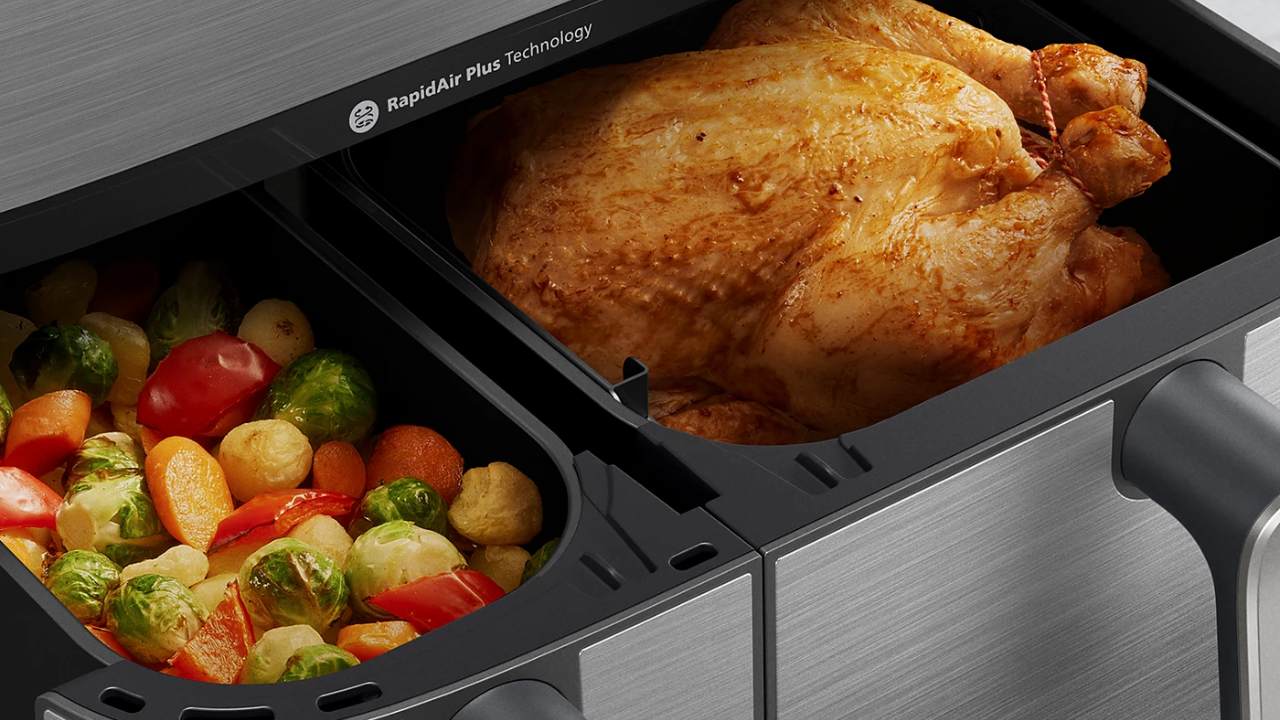Home Living
The latest Home Living breaking news, comment, reviews and features from the experts at T3
Explore Home Living
-
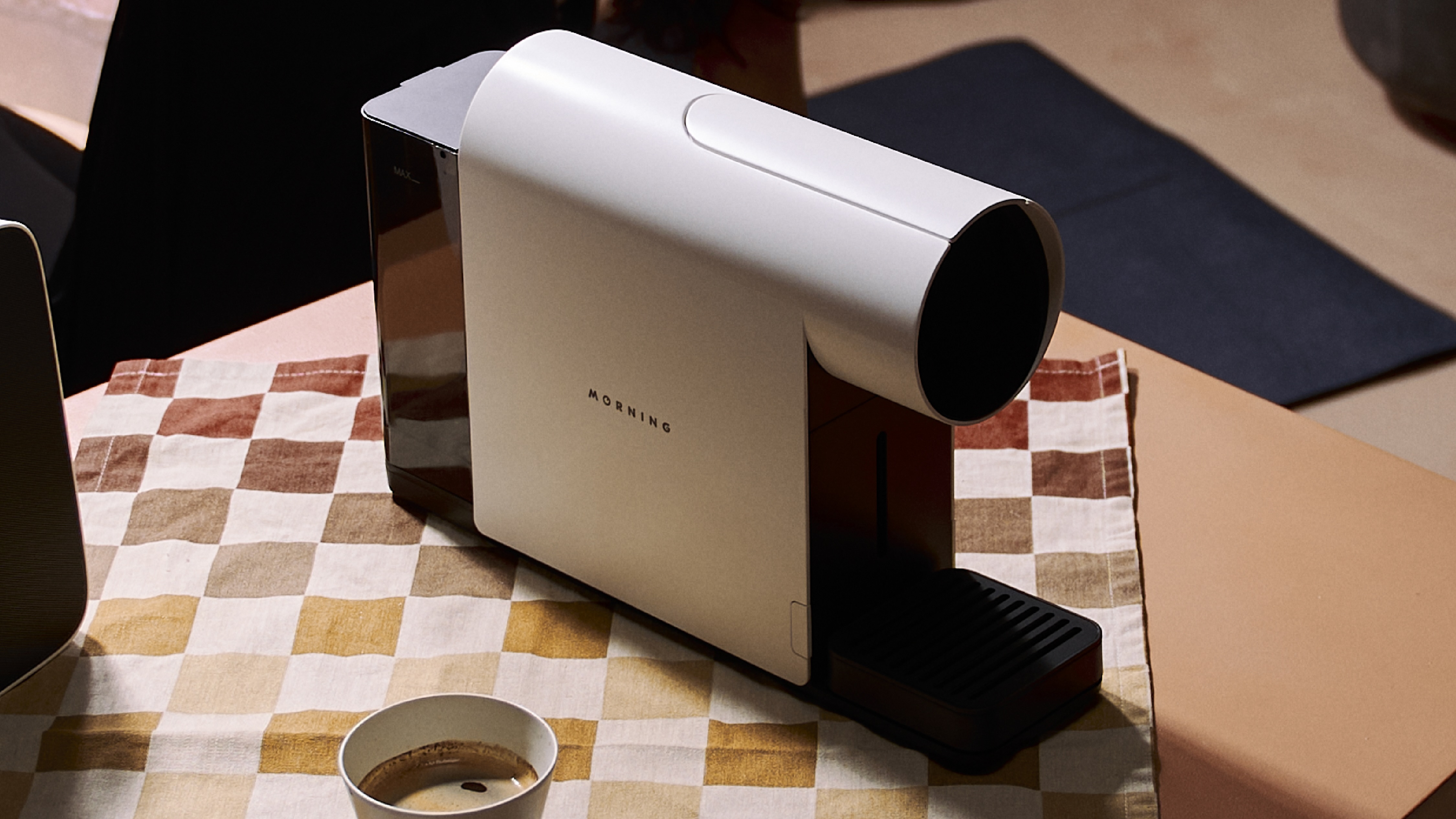
The Morning Machine’s younger sibling is here – same precision, now in a compact design
Introducing the Morning Mini
By Lizzie Wilmot Published
-

Best smoker 2025: cook low-and-slow with pellet, charcoal, gas and electric smokers
Start smoking food outdoors with the best smokers and charcoal barbecues you can buy today
By Bethan Girdler-Maslen Last updated
-

Best men’s fragrances and colognes 2025: find your signature scent or a meaningful gift
T3's top picks of the best men's fragrances, including classics from Hugo Boss, Tom Ford, Chanel and more
By Bethan Girdler-Maslen Last updated
-

Best mattress 2025: choose the comfiest mattress for you
Looking for the best mattress in the UK? T3 has reviewed memory foam, springs and hybrid mattresses to help you choose
By Bethan Girdler-Maslen Last updated
-

This smart home gadget can tell you when to water, feed and move your houseplants
Stress-free plant care? Yes please
By Lizzie Wilmot Published
-

Le Creuset gives its iconic volcanic colourway a glittery upgrade
Le Creuset celebrates 100 years and pays tribute to its favourite colour
By Bethan Girdler-Maslen Published
-
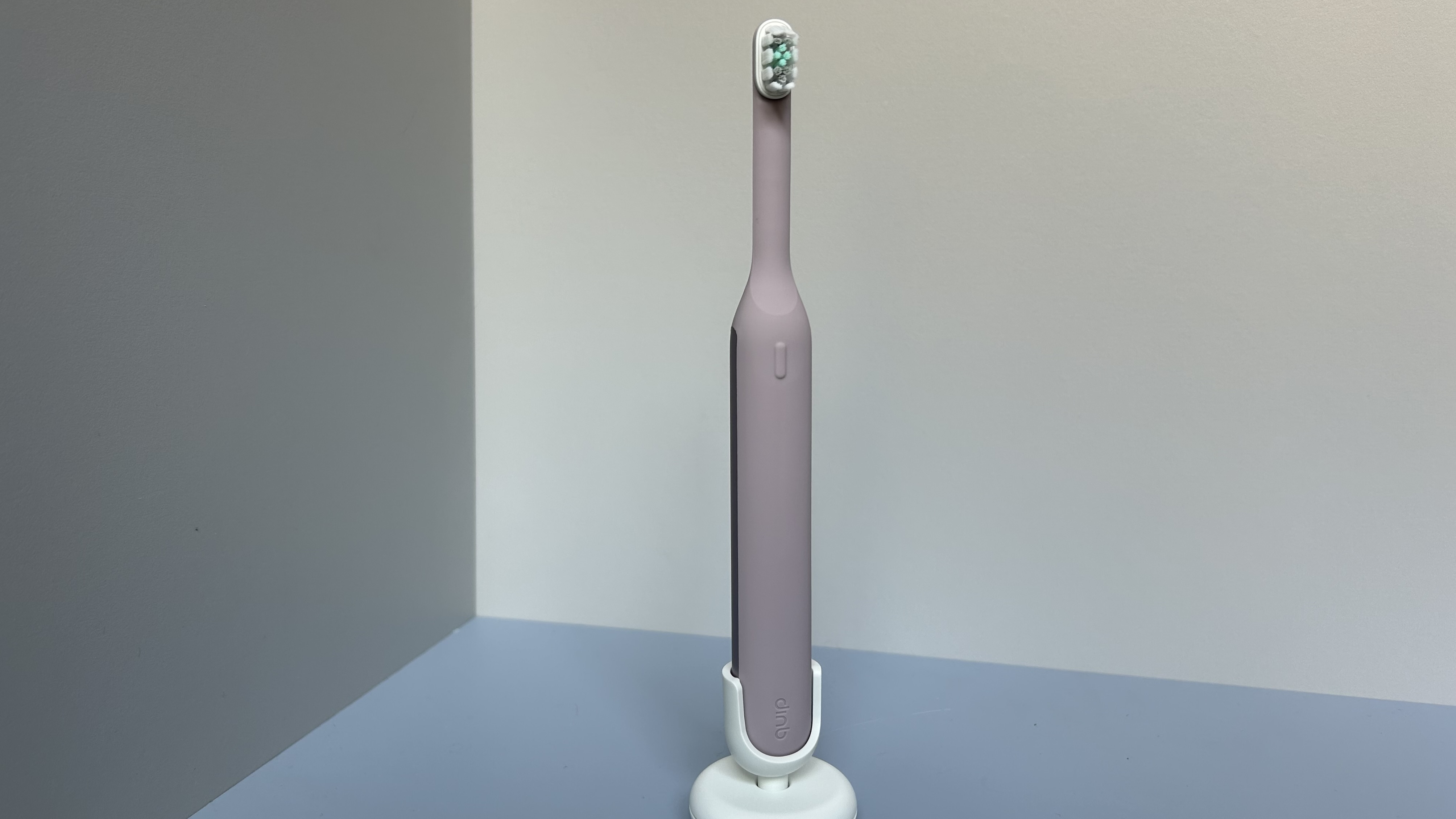
Quip's latest toothbrush blends smart features with a sleek design – it might be my new favourite
Consider the bar officially raised
By Lizzie Wilmot Published
-

FREITAG's upcycled F260 MIAMI WIDE is a gloriously bold answer to boring tote bags
The extra-wide shopper bag is built for beach days, flippers and all
By Matt Kollat Published
-
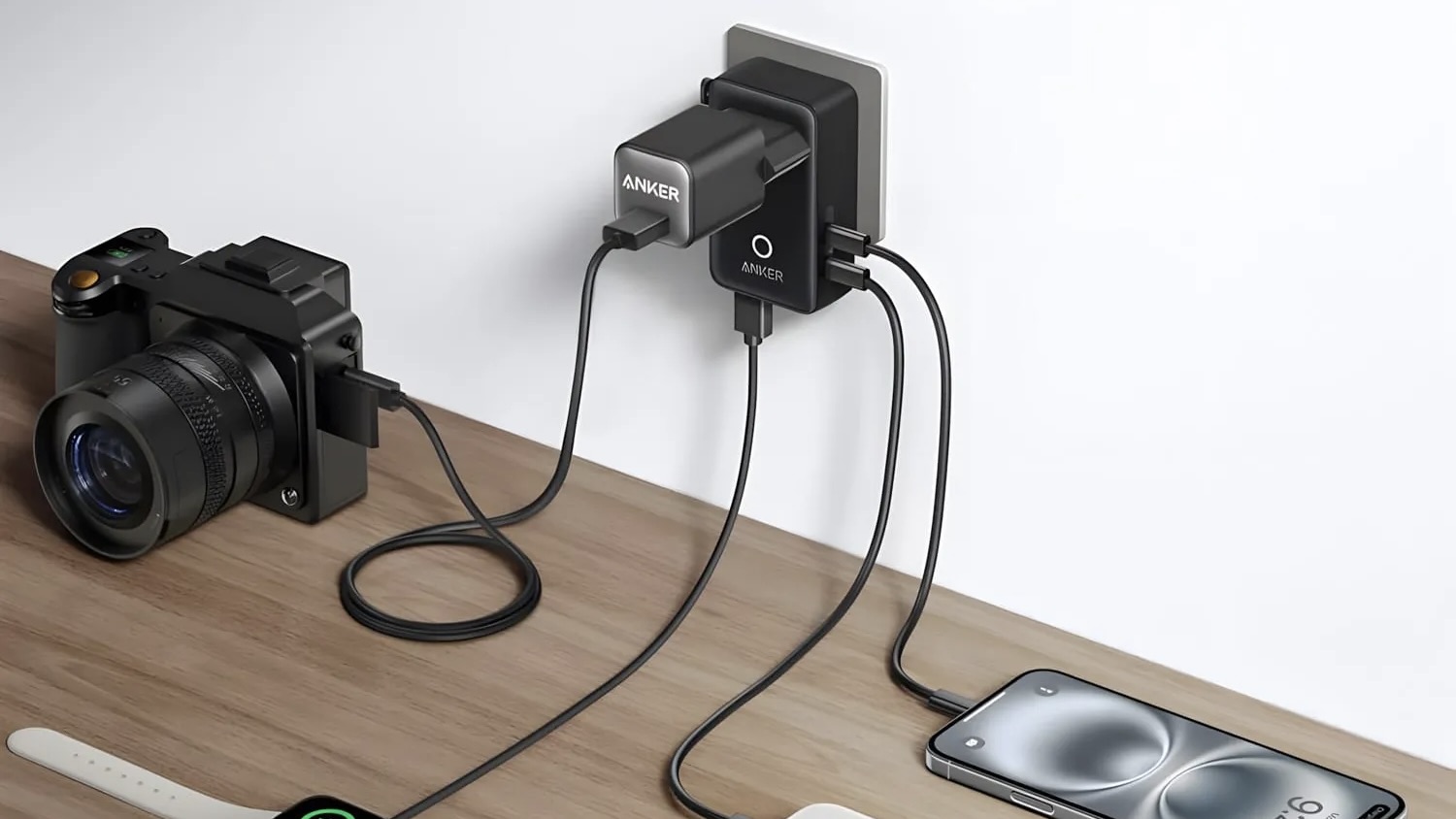
Anker's new 5-in-1 travel adapter is now available in more countries – phew!
It works in over 200 countries
By Lizzie Wilmot Published
-

Blink’s new Outdoor 4 security camera has its best battery life yet
The Blink Outdoor 4 is finally available in the UK
By Bethan Girdler-Maslen Published
-
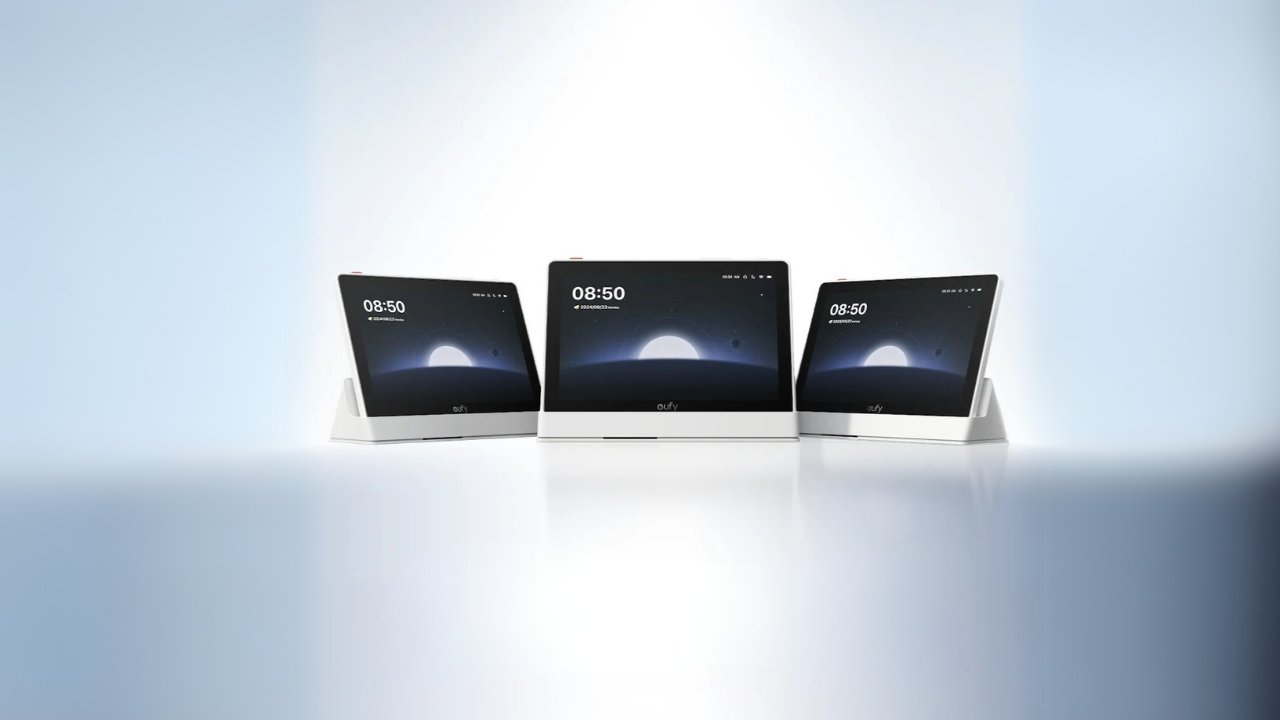
Is Eufy about to unveil its first-ever smart home display?
Here's everything we know so far
By Lizzie Wilmot Published
-

Titan TTLMP300SP40 Petrol Lawn Mower review: a go-anywhere bruiser
Ideally suited for medium-sized lawns, this Titan mower is great for mowing in unpredictable British weather conditions
By Rob Clymo Published
-

I've tested DS & Durga Brown Flowers – it's killer spring scent for everyone
Just about the floweriest fragrance a fella could wear
By Sam Cross Published
-
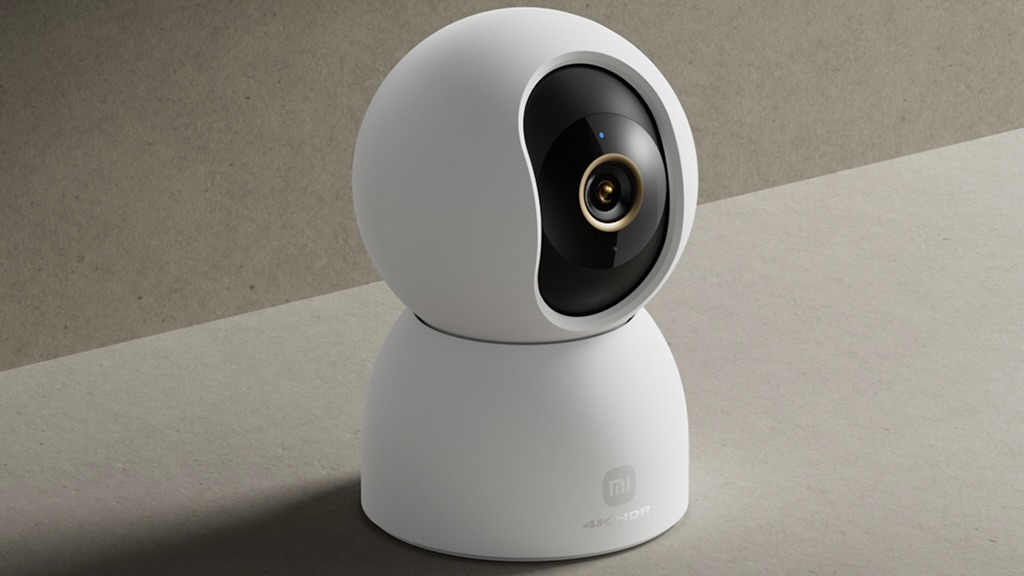
Xiaomi’s next indoor smart security camera could be its most affordable yet
It's less than $40...
By Lizzie Wilmot Published
-
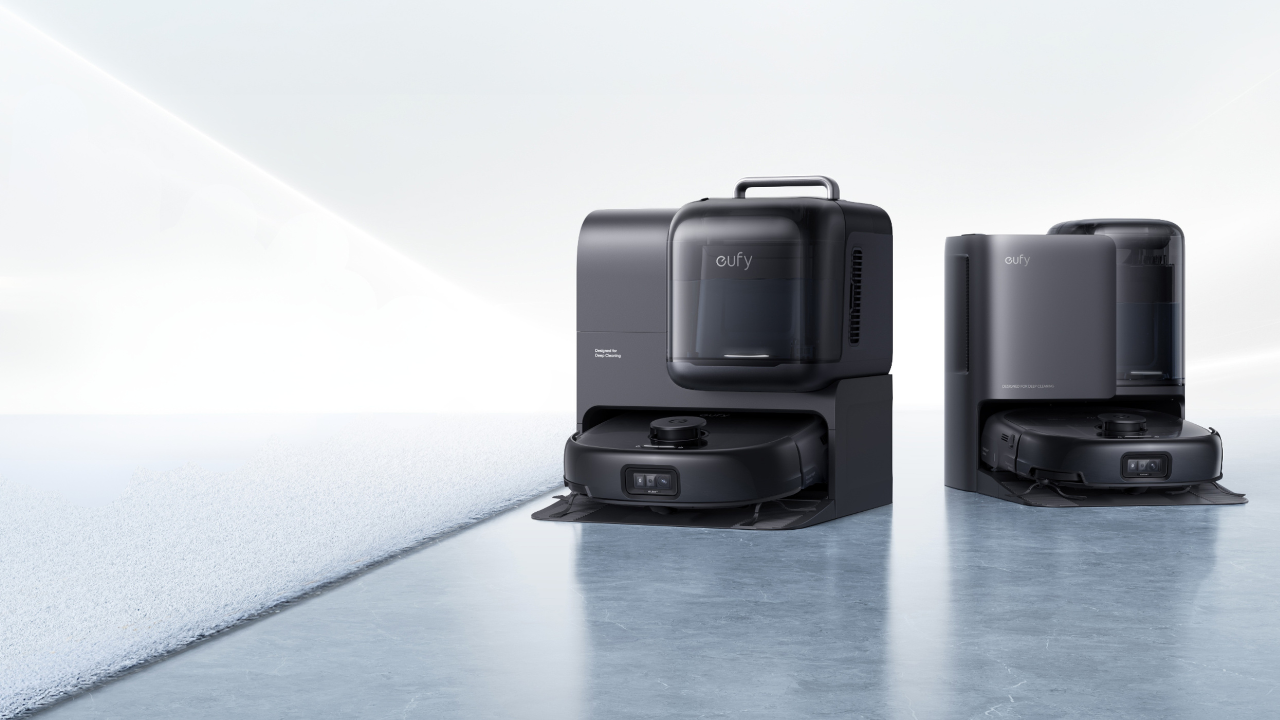
Eufy’s latest robot vacuum doubles as a portable deep cleaner for spot cleaning
A global first in home cleaning tech
By Lizzie Wilmot Published
-
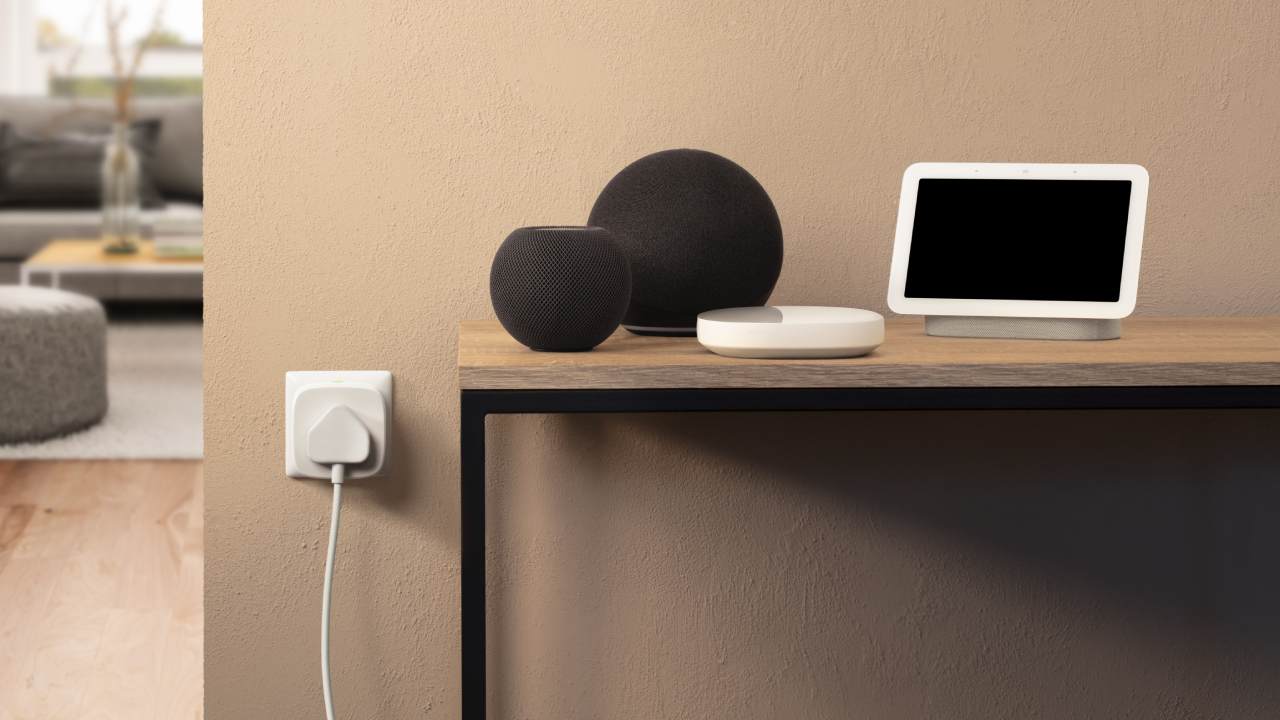
Eve’s smart plug gets impressive Matter upgrades – but I’m most excited about the app
Eve Energy adds Matter support and an updated Android app
By Bethan Girdler-Maslen Published
-
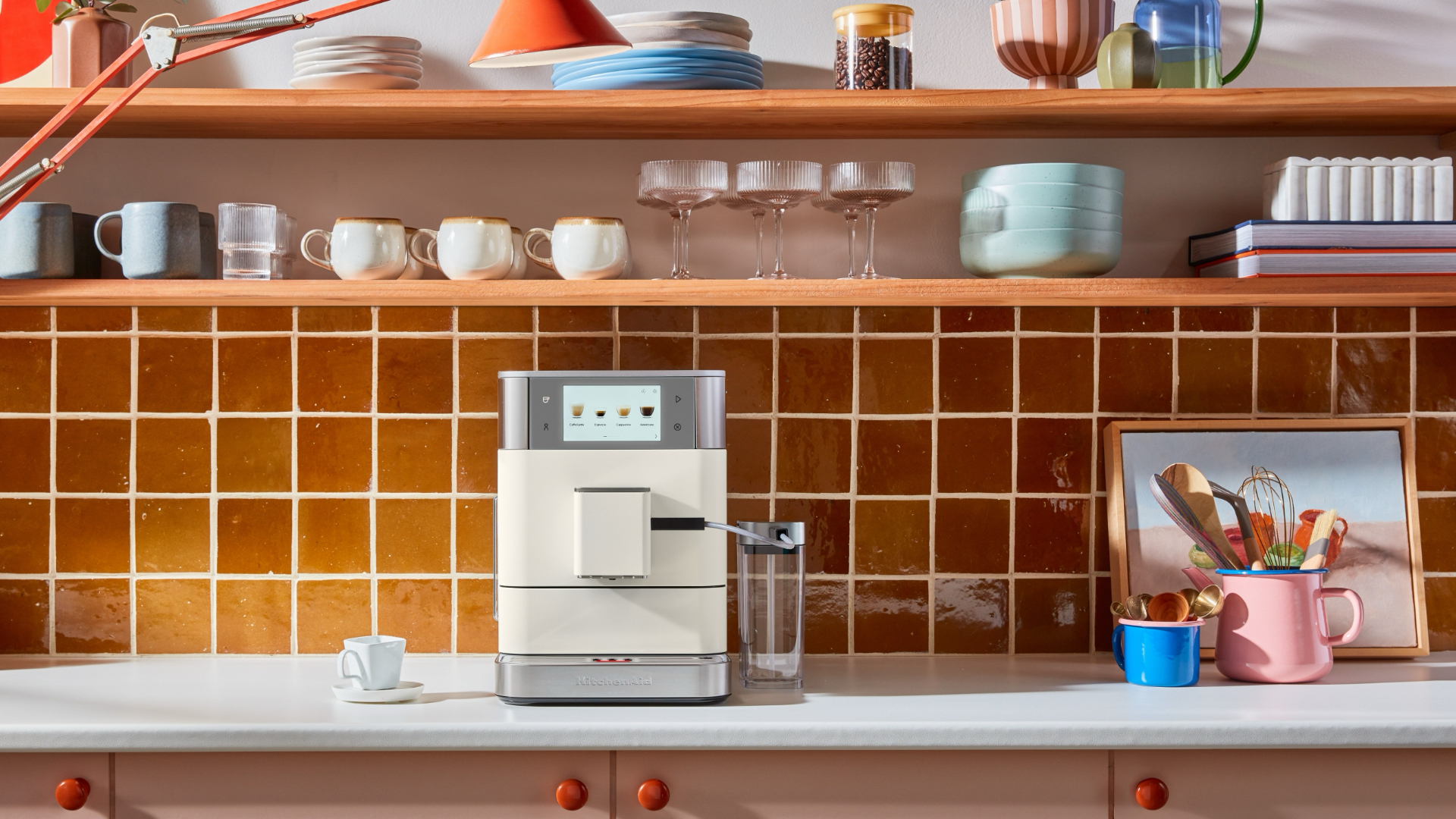
Best bean-to-cup coffee machine 2025: top picks for coffee lovers
Find the best bean-to-cup coffee machines that incorporate a grinder, espresso maker and milk frother in one handy box
By Bethan Girdler-Maslen Last updated
-

Best cheap mattress deals for April 2025: browse sales from Emma, Simba, OTTY and more
Need to upgrade your sleep setup? Check out the best cheap mattress deals to shop now
By Bethan Girdler-Maslen Last updated
-

Simba mattress deals, sales and discount codes for April 2025: get the cheapest prices
The best Simba mattress deals is here to help you save money on a new Simba sleep set-up
By Bethan Girdler-Maslen Last updated
-

Panda London mattress sales, deals and discount codes for April 2025
Find the best prices on Panda London mattresses and bedding with our comprehensive deals guide
By Bethan Girdler-Maslen Last updated
-

OTTY mattress sales, deals and discount codes for April 2025
After an OTTY mattress deal? You're in luck, because right now there are major discounts across the full range
By Bethan Girdler-Maslen Last updated
-

Nectar mattress sales, deals and discount codes for April 2025
Looking for a Nectar mattress deal, discount code or freebie offer? Step this way...
By Bethan Girdler-Maslen Last updated
-

Eve sales, deals and discount codes for April 2025
Looking for an Eve deal or sale? Now is the time to shop, with up to 60% off & price drops on the whole range
By Bethan Girdler-Maslen Last updated
-
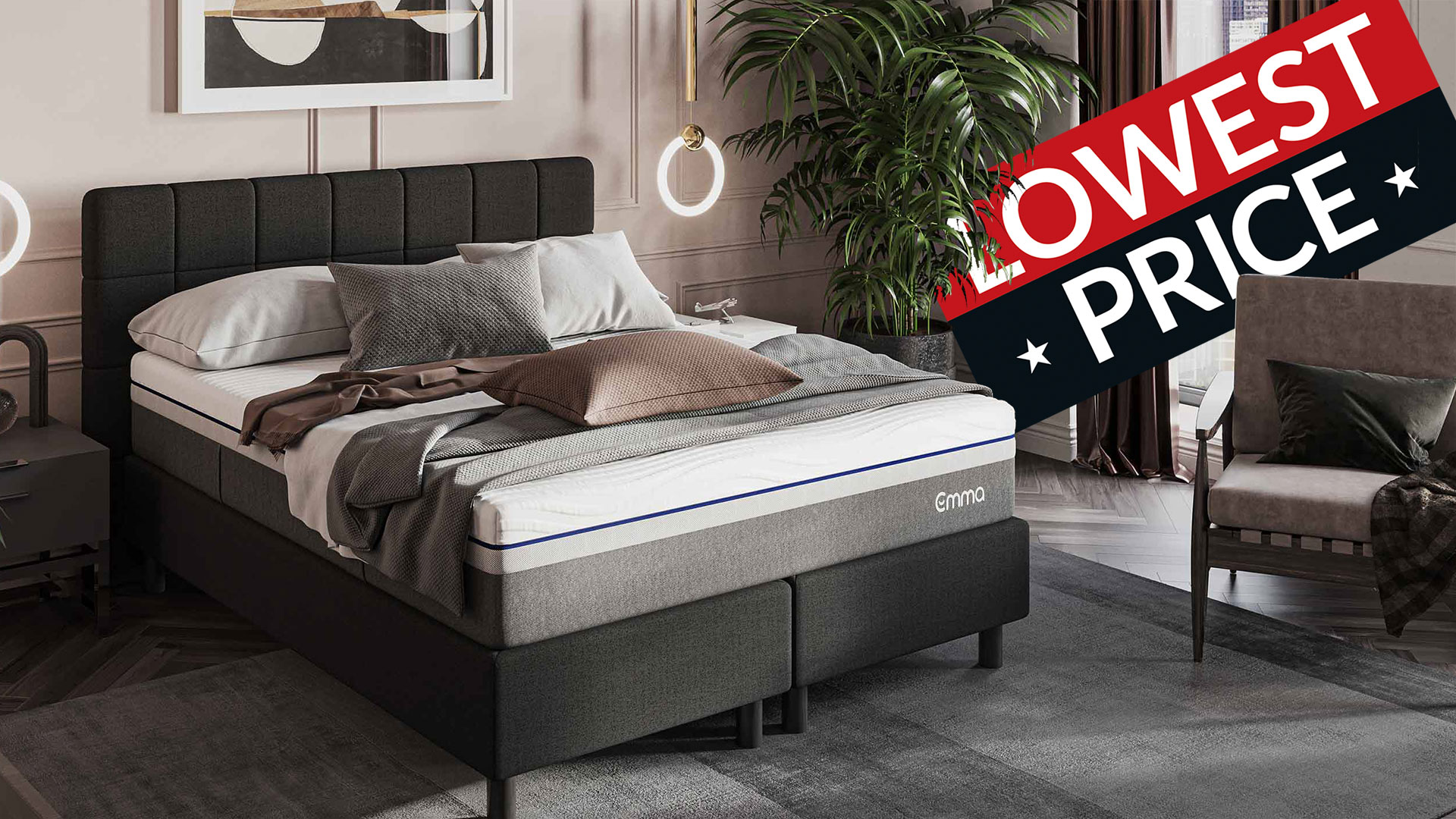
Emma mattress sales, deals and discount codes for April 2025: your guide to the best Emma sales
Looking for an Emma mattress deal? Find all the best Emma sales, deals and discount codes in this guide...
By Bethan Girdler-Maslen Last updated
-

DreamCloud sales, deals and discount codes for April 2025
After a DreamCloud deal or discount code for this month? We've found the best discounts for you, in both the UK and US
By Bethan Girdler-Maslen Last updated
-

Brook + Wilde sales, deals and discount codes for April 2025: up to 50% off now!
Find the best Brook + Wilde sales and deals for money off your next mattress and sleep accessory
By Bethan Girdler-Maslen Last updated
-
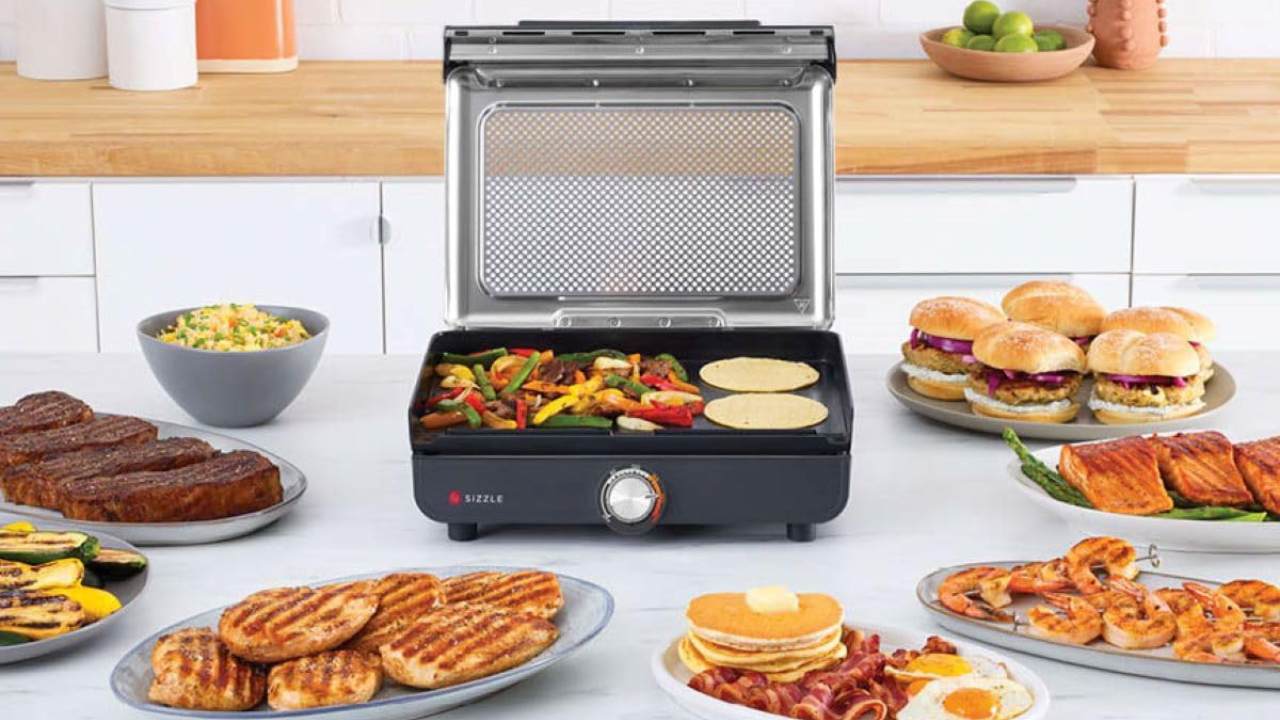
Ninja’s new indoor grill can cook 10 burgers at a time – but you might not get it
Ninja supersizes its Sizzle Pro indoor grill
By Bethan Girdler-Maslen Published
-
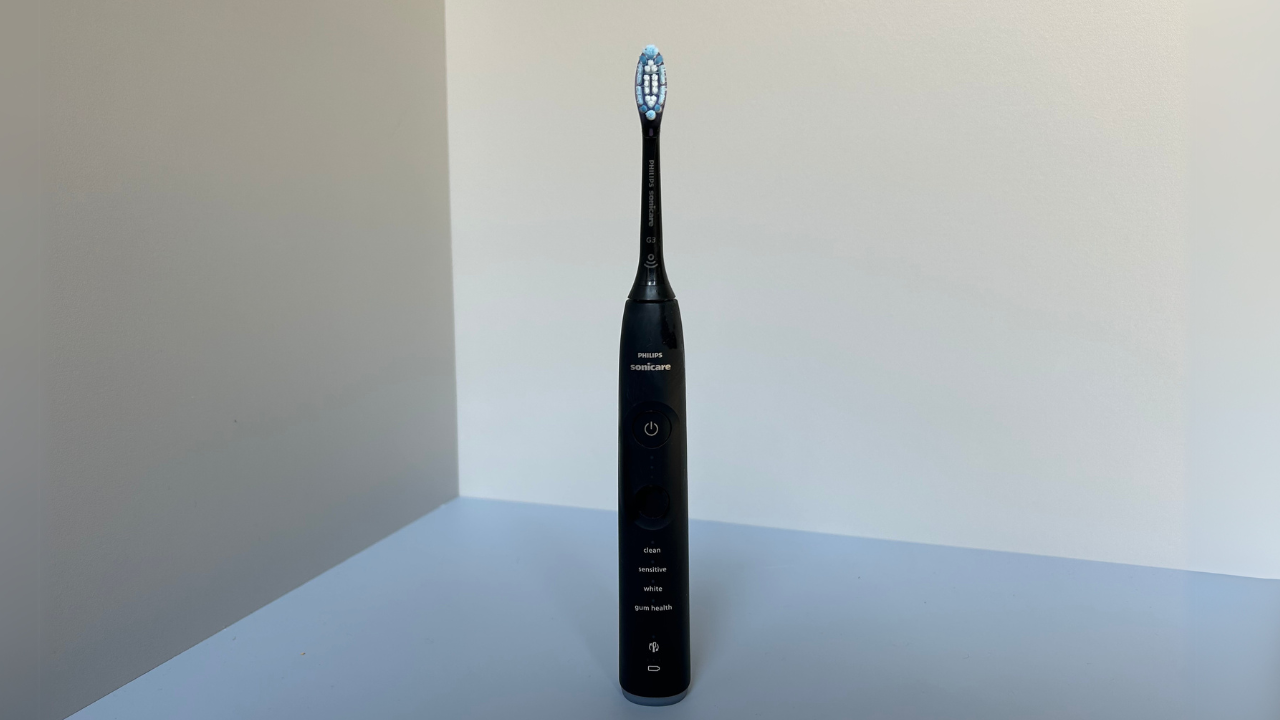
Philips Sonicare 7100 electric toothbrush review: next-level oral care or a pricey splurge?
It joins the Philips Sonicare lineup
By Lizzie Wilmot Last updated
-
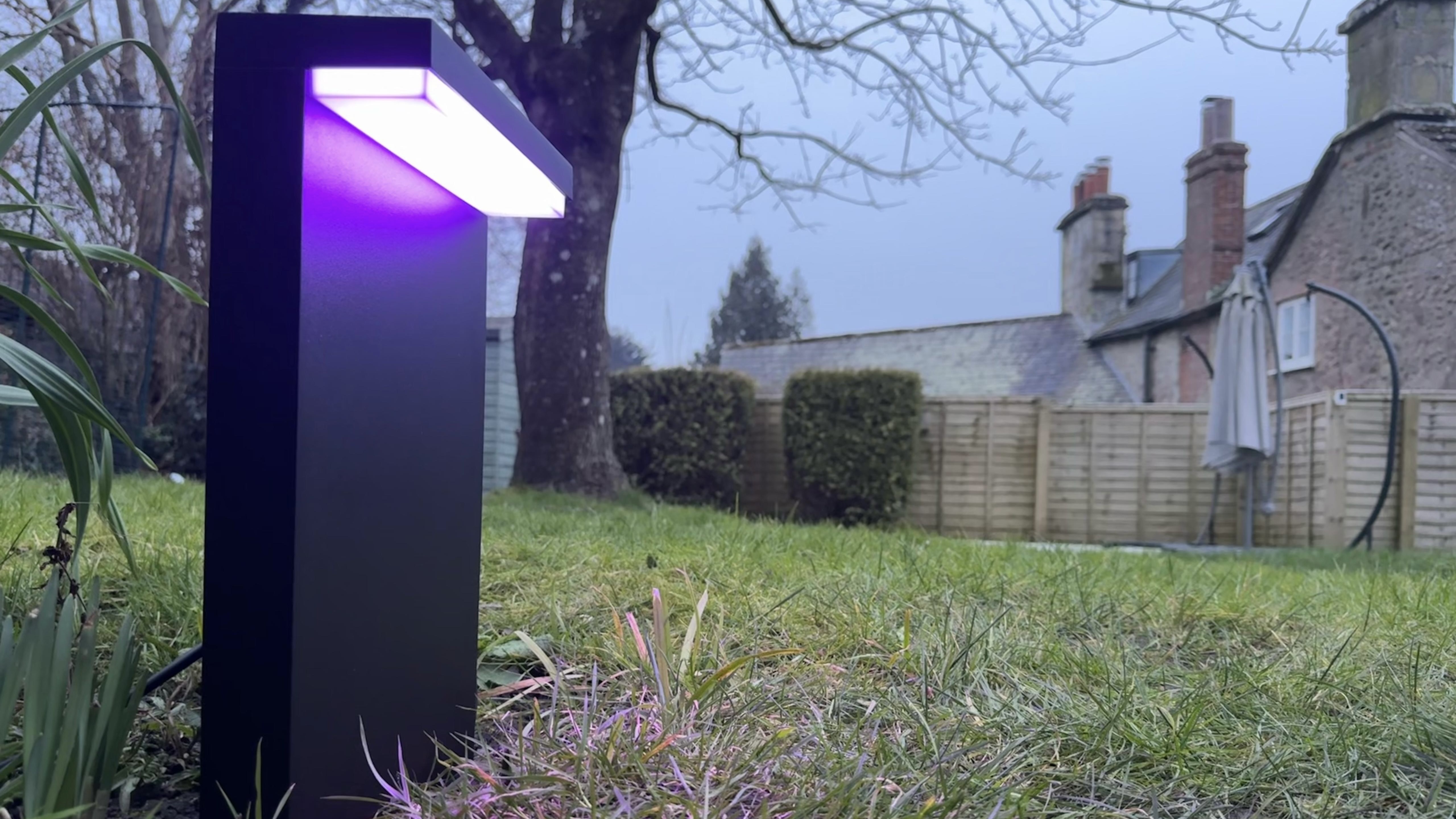
I tested Philips Hue’s most controversial outdoor smart light – here's what shocked me
It's pricey and a pain to set up...but is it worth it?
By Lizzie Wilmot Published
